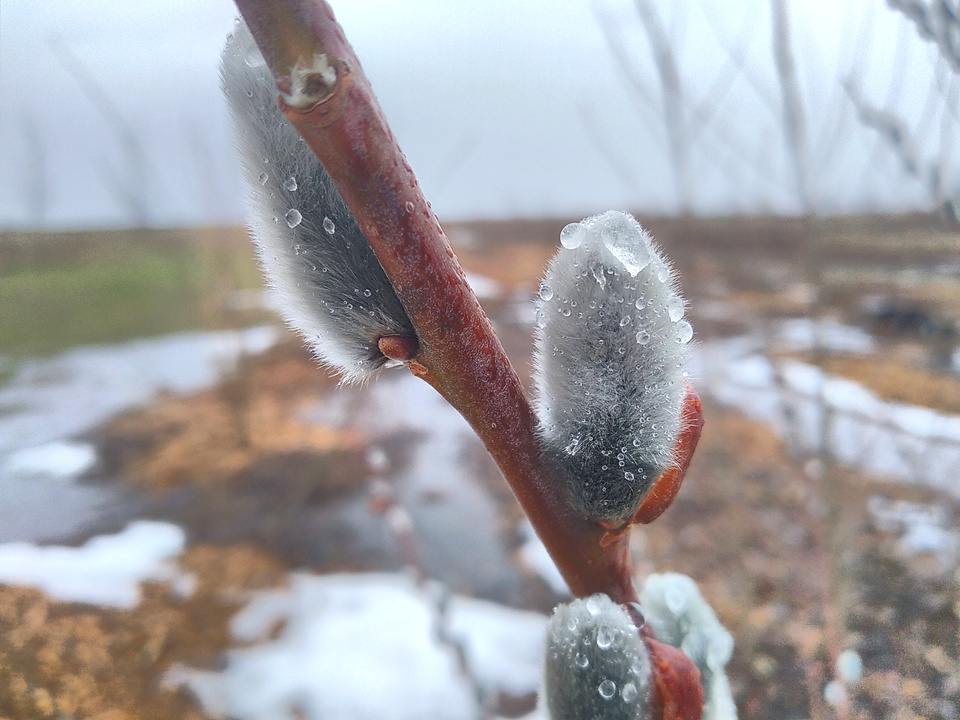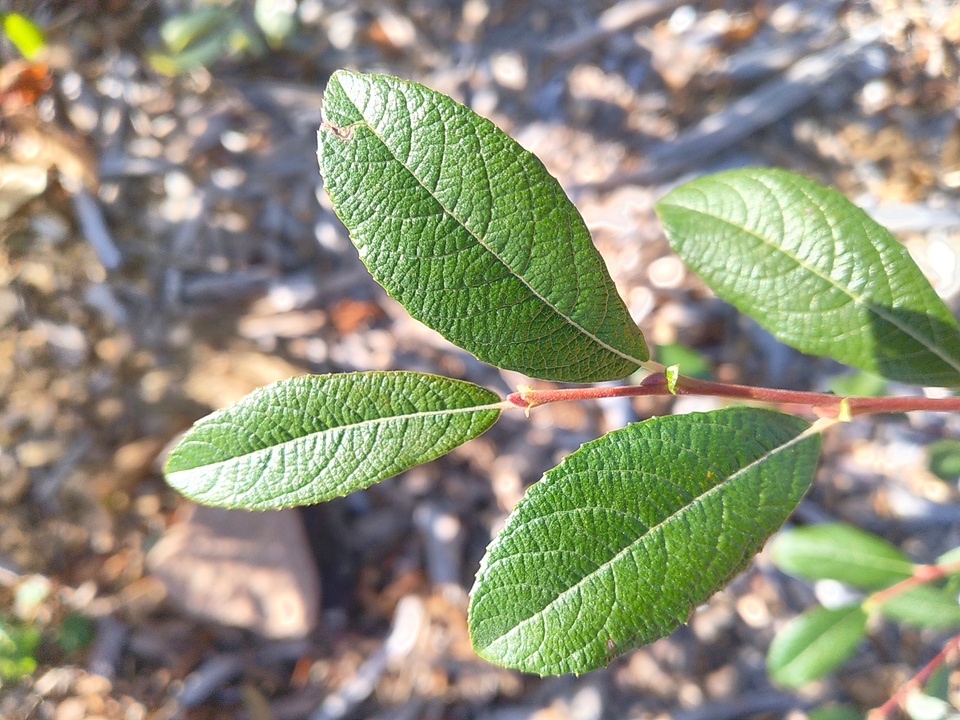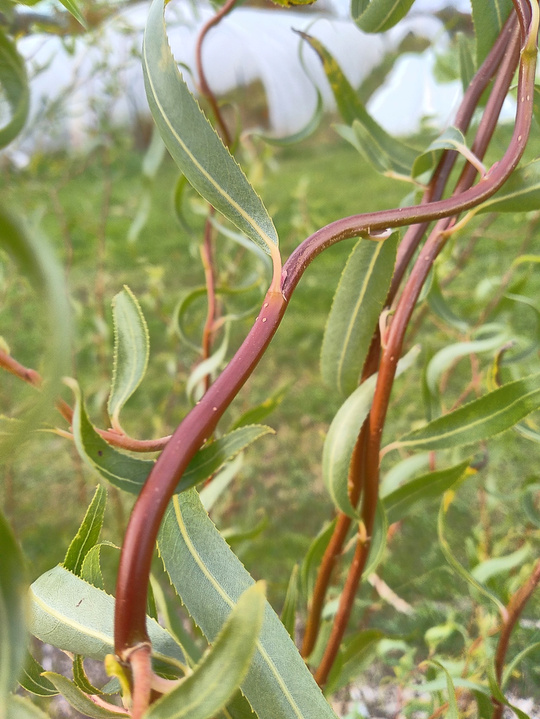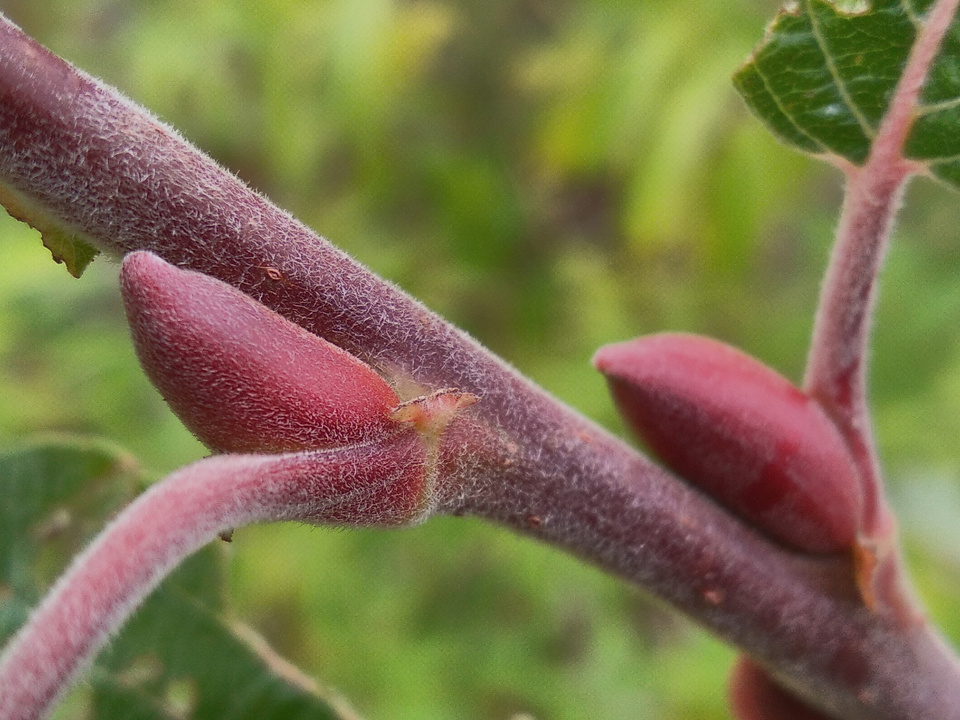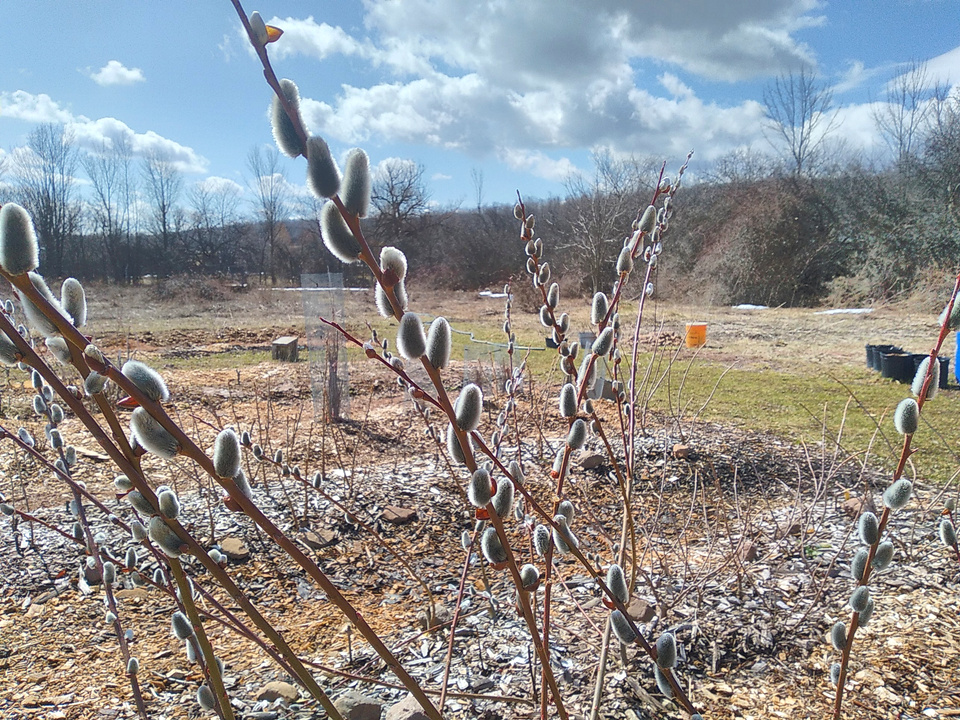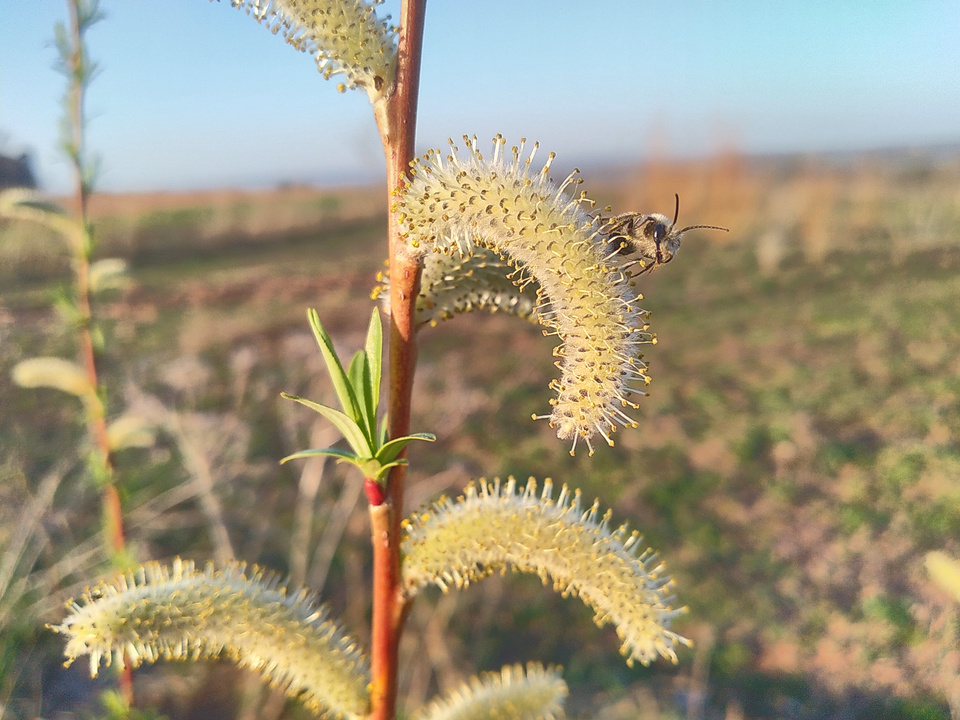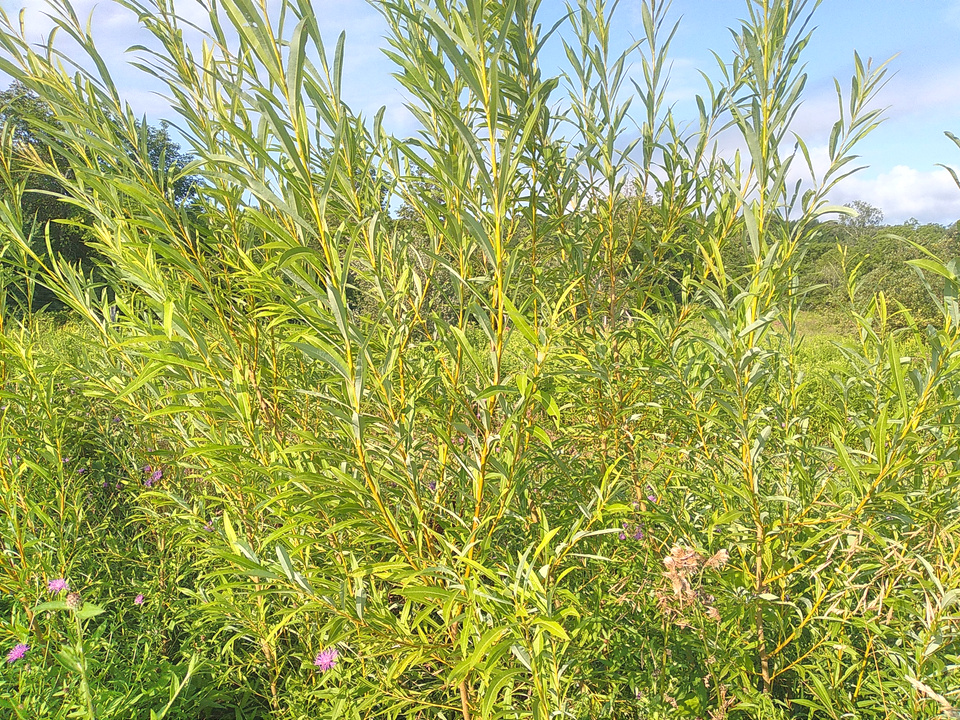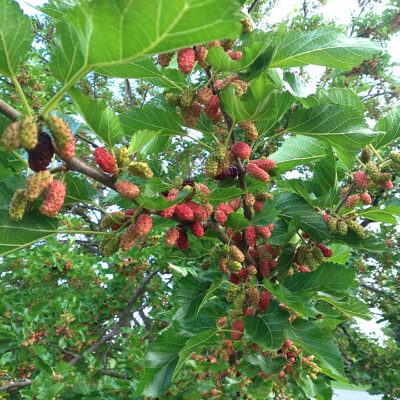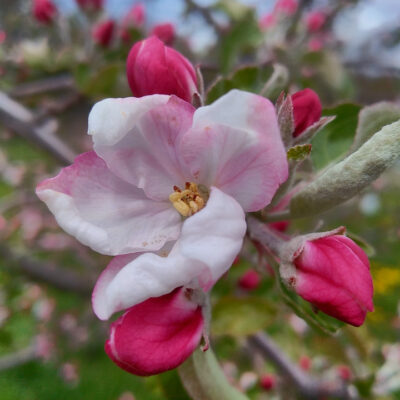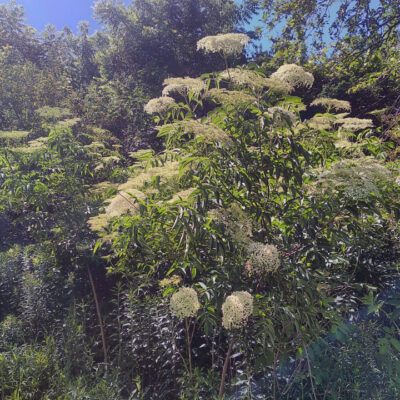The willows are a diverse group of ancient plants. There are huge willows and tiny willows. They are often very flexible. They tend to grow naturally in wetter locations near water.
Willows are often great for spring pollinators. Their flowers open up very early in spring creating nectar flows for insects before much else is available.
Willows are a great plant for silvopasture as well because they regrow nutritious fodder for animals very quickly and are resilient and medicinal. The leaves and bark are also used widely in herbalism, including as a whole plant version of aspirin (the bark of willows contains salicin, which is a chemical similar to aspirin aka acetylsalicylic acid).
They grow very quickly from hardwood cuttings. Its amazing to see how quickly a large plant can form from just a simple cutting (see my video on hardwood cuttings here if you’re not familiar with the process)
Varieties available this season (check the drop downs to see if varieties are available as plants or cuttings):
Taller, thinner willows (expect at least 10 feet tall plus at maturity):
- Miyabena – Japanese, large, fast growing biomass willow. Size of large shrub or small tree. Thick redish stems
- Rubykins – Japanese, tight column like growth, greenish stems thinner than Miyabena
- Viminalis – excellent for pollinators in spring, can be thicket forming. Thicker stems, very green foliage and stems
- Britenzis – German variety with brilliant red/orange stems and silver/green/blue foliage. Great winter interest.
- Curly – Curly leaves and stems! Glossy redish purple stems
- Aquatica – an awesome biomass willow with great catkins for pollinators. Lots of light green colors
More Bushy Willows (mostly purpurea willows, with purple, brown, and golden tones):
- Streamco – the ultimate stream erosion will. This is a purpurea willow so would be appropriate for some weaving as well.
- Packing Twine – another purpurea willow, however these stems are so thin and flexible you can use them as a thick twine!
- Oka – an old fine basketry willow
- Bebbs – The diamond willow, green leathery teardrop like foliage, thicket forming and great for erosion control.
Pretty wild (both tall and wide, or other)
- American Pussy Willow – this selected pussy willow has huge silvery male catkins, which develop to yellow as spring progresses and pollen is released. Great for cut stems.
- Salix eriocephala – beautiful and quite fast growing! A thick shrub type, pretty wild looking.
- Arctic – this willow is a relatively low, sparse grower with bluish stems. The first few years stems stay largely towards the ground
